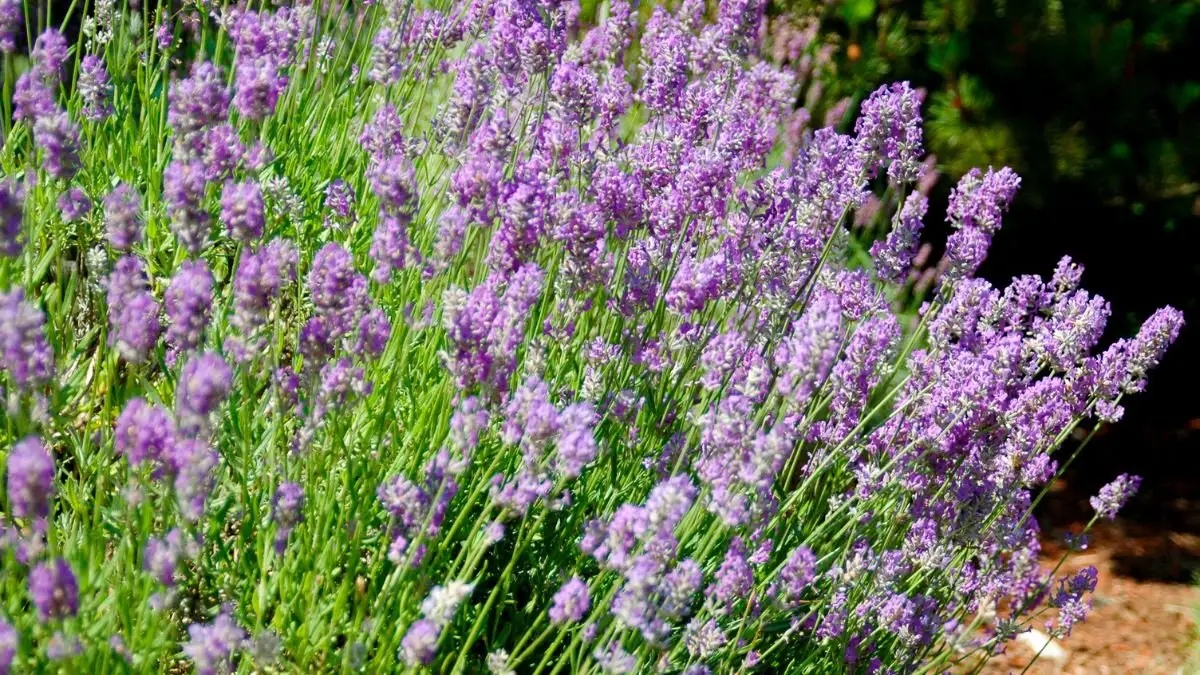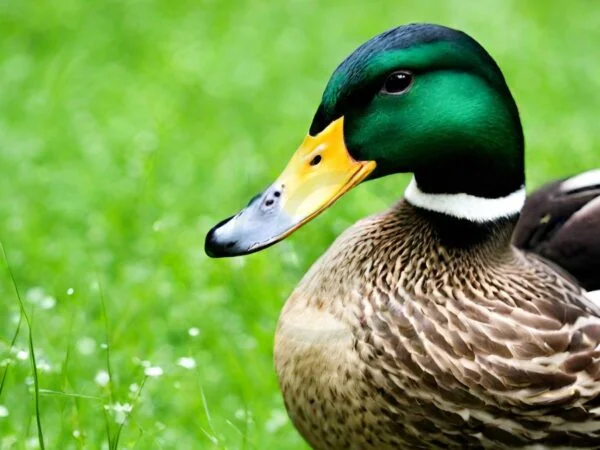
Discover the secrets to successfully growing lavender plants in your garden. From selecting the right variety to providing optimal care, this guide will help you nurture vibrant and fragrant lavenders blooms. Learn about the rich historical significance of lavender cultivation and how this versatile herb has been cherished for centuries. Whether you're a novice gardener or looking to expand your plant knowledge, cultivating lavender can bring beauty and tranquility to your outdoor space.
Key Takeaways
- Understand the essential needs of lavender plants for successful growth.
- Choose the right lavender variety based on your climate and intended use.
- Prepare well-draining soil with proper pH levels to support lavender growth.
- Follow correct planting and watering techniques to establish healthy lavender plants.
- Ensure optimal sunlight exposure and temperature conditions for lavender growth.
- Regularly prune lavender to encourage new growth and abundant blooms.
Understanding Lavender Essentials
Lavender plants are known for their fragrant flowers and versatile uses, especially in producing essential oils. These plants thrive in sunny conditions and well-drained soil.
Key Characteristics
- Lavender plants belong to the mint family and are characterized by their aromatic foliage.
- They typically grow as small shrubs with narrow leaves and clusters of fragrant flowers.
- The flowers come in various colors, including shades of purple, blue, and pink.
Importance of Sunlight
- Lavender plants require full sunlight exposure to thrive and produce abundant blooms.
- Adequate sunlight helps in promoting healthy growth, enhancing the plant's fragrance, and increasing essential oil production.
Soil Requirements
- Well-drained soil is crucial for successful lavender cultivation as these plants are susceptible to root rot in waterlogged conditions.
- Sandy or gravelly soil with a slightly alkaline pH level is ideal for lavender growth.
- Adding organic matter like compost can improve soil structure and drainage, promoting better root health.
Selecting Your Lavender Variety
Flavor
When choosing a lavender variety, consider the different flavors they offer. Some varieties have stronger floral notes, while others are more subtle.
Colors
Lavender, a plant, comes in various colors, including purple, pink, and white. Each color adds a unique aesthetic to your garden or home.
Climate
Ensure you select a lavender variety that thrives in your specific climate and plant. Some varieties are more suited to hot, dry conditions, while others prefer cooler climates.
Soil
The type of soil in your garden is crucial for the growth of lavender. Make sure to choose a variety that matches your soil's pH levels and drainage capacity.
Gardening Needs
Consider your gardening needs when selecting a lavender variety. If you're looking for a plant that attracts bees and butterflies, choose a variety known for its nectar production.
Preparing the Ideal Soil
Soil Preparation
To grow healthy lavender plants, start by preparing well-drained soil with optimal drainage. This ensures that excess water doesn't accumulate around the roots.
Significance of Soil Quality
The ground you choose plays a crucial role in the success of your lavender cultivation. Lavender thrives in soil with good drainage.
Creating an Ideal Environment
The perfect lavender-growing soil is sandy or loamy with a slightly alkaline pH level. Avoid heavy clay soils that retain water.
When planting lavender, remember that the size of the root ball should be proportional to the hole you dig. This helps the roots establish themselves properly.
Ensure adequate sunlight exposure for your lavender plants to thrive. A minimum of 6-8 hours of sunlight per day is shown to promote healthy growth.
Planting and Watering Techniques
Planting
When planting lavender, ensure the garden beds have excellent drainage to prevent waterlogging. Lavender thrives in soil with good drainage, reducing the risk of root rot. To plant, dig a hole slightly larger than the root ball of the lavender plant.
Lavender plants should be spaced apart to allow for good air circulation, preventing issues like powdery mildew. After planting, gently pat down the soil around the base of the plant to secure it in place.
Watering
For successful growth, water your lavender plants sparingly. Overwatering can harm lavender as they prefer drier conditions similar to their native Mediterranean environment. Ensure that the soil dries out between waterings to avoid waterlogged roots.
During hot and dry periods, increase watering frequency slightly but always let the soil dry out partially between each watering session. Remember, it's better to underwater than overwater lavender plants as they are prone to root rot.
Maximizing Sunlight and Temperature
To maximize sunlight exposure for thriving lavender plants, ensure they receive full sun for at least 6 to 8 hours daily. Good air circulation is also crucial for their growth. Lavender plants require heat tolerance and thrive in warm climates.
Sunlight Exposure
Lavender plants need ample sunlight to flourish. Providing them with full sun ensures proper growth and blooming. Insufficient sunlight can lead to leggy growth and reduced flower production.
Temperature Monitoring
Monitor the temperature conditions around your lavender plants regularly. They prefer warm weather and are sensitive to extreme cold temperatures. Ensure they are planted in a location with good air circulation to prevent humidity-related issues.
Importance of Heat and Light
Heat plays a vital role in the growth of lavender plants, especially in regions with cooler climates. Adequate light exposure helps in photosynthesis, essential for plant growth. The combination of heat and light contributes to the overall health and vigor of lavender plants.
Tips for Optimal Growth
- Choose a sunny spot with good air circulation for planting lavender.
- Avoid planting lavender in areas prone to waterlogging or excessive moisture.
- Prune lavender plants regularly to maintain their shape and encourage new growth.
- Provide well-draining soil to prevent water stagnation around the roots.
- Mulch around the base of the plant to retain soil moisture and regulate temperature.
Pruning for Growth and Blooms
Prune Lavender Plants
When pruning lavender plants, focus on encouraging bushy growth and abundant blooms. This practice helps the plant maintain a compact shape and promotes flowering.
Timing is Key
Prune lavender plants in early spring or after they finish flowering to ensure optimal growth. Regular pruning prevents leggy growth and encourages new shoots.
Prevent Leggy Growth
To avoid leggy lavender plants, prune regularly. Trim back flower spikes after they finish blooming to promote new growth and maintain a healthy plant.
Combatting Pests and Diseases
Common Pests
Lavender plants are susceptible to pests such as aphids, spider mites, and whiteflies. These tiny insects feed on plant sap, causing wilting and yellowing of leaves.
To prevent infestations, regularly inspect plants for pests. Introduce beneficial insects like ladybugs or use insecticidal soap as a natural remedy.
Disease Management
Lavender can suffer from fungal diseases like root rot and powdery mildew. Excessive moisture in the soil can lead to these issues.
To prevent diseases, ensure proper drainage in containers and avoid overhead watering. Apply a fungicide if signs of disease appear.
Maintaining a Healthy Environment
Proper spacing between plants is crucial to prevent the spread of diseases. Good air circulation reduces humidity levels that favor disease development.
Consider planting lavender in raised beds to improve drainage and reduce the risk of root rot. Mulching with gravel can also help maintain optimal soil conditions.
- Pros:
- Natural pest control methods are eco-friendly.
- Preventing diseases early saves time and effort in treatment.
- Cons:
- Overuse of chemical pesticides can harm beneficial insects.
- Some diseases may be challenging to eradicate once established.
Harvesting and Using Lavender
Harvesting
To ensure the best fragrance and flavor, harvest lavender flowers when they are in full bloom. Prune the stems just above the leaves to encourage new growth. Hang bundles of lavender upside down in a dark, well-ventilated area for drying.
Drying
For optimal preservation, dry lavender cuttings by hanging them upside down in a dark, well-ventilated space. This process helps maintain the aromatic oils within the flowers. Once dried, remove the buds from the stems and store them in airtight containers.
Utilization
Harvested lavender flowers have various applications, including culinary uses, crafting, and aromatherapy. In cooking, culinary lavender adds a unique flavor to dishes like desserts, sauces, and beverages. For crafting, dried lavender can be used in potpourri or sachets for its pleasant scent.
Lavender is also popular in aromatherapy for its calming properties. Create sachets with dried lavender to place under pillows for better sleep quality or use essential oils derived from lavender in diffusers for a soothing atmosphere.
Propagation Methods
Cuttings
Propagating lavender plants from cuttings is a popular method to maintain consistent characteristics. Start by selecting healthy, non-flowering stems. Remove lower leaves and dip the cut end in rooting hormone. Plant the cutting in well-draining soil and keep it moist until roots develop.
Seed Propagation
Seed propagation offers an alternative method for growing lavender. Begin by collecting seeds from mature plants after flowering season. Sow the seeds in a seed tray filled with well-draining soil mix. Keep the tray in a warm, sunny location and ensure the soil remains consistently moist.
Final Remarks
You've now mastered the art of growing lavender, from selecting the right variety to harvesting and propagation. By understanding lavender essentials, preparing ideal soil, and implementing proper planting techniques, you've set the stage for successful growth. Remember to maximize sunlight exposure, employ effective pruning methods, and combat pests for thriving plants. As you venture into the world of lavender cultivation, continue to refine your skills in nurturing these beautiful blooms.
Now that you're equipped with the knowledge needed to cultivate vibrant lavender plants, it's time to put your newfound expertise into action. Get your hands dirty, experiment with different techniques, and enjoy the process of watching your lavender flourish. Share your experiences with fellow gardening enthusiasts and keep exploring the wonderful world of lavender cultivation!
Frequently Asked Questions
How do I select the right lavender variety for my garden?
Lavender varieties vary in size, color, and fragrance. Consider your climate, space, and purpose (decorative or culinary) when choosing. Common types include English Lavender (Lavandula angustifolia), French Lavender (Lavandula dentata), and Spanish Lavender (Lavandula stoechas).
What is the ideal soil type for growing lavender plants?
Lavender thrives in well-draining soil with a pH level between 6.7 to 7.3. Sandy or loamy soil works best; avoid heavy clay soil that retains water. Mix in some sand or gravel to improve drainage if needed.
How often should I water my lavender plant?
Water newly planted lavender deeply once a week during the first month. Established plants require watering every two to three weeks, depending on rainfall. Allow the soil to dry out between watering to prevent root rot.
When is the best time to harvest lavender blooms?
Harvest lavender flowers when they have just begun to open but before they are fully bloomed for optimal fragrance and oil content. The best time of day to harvest is in the morning after dew has evaporated but before the sun gets too hot.
What are the recommended methods for propagating lavender plants?
You can propagate lavender through stem cuttings or seeds. Cuttings are the most common method: take 3-4 inch cuttings from a healthy plant, remove lower leaves, dip in rooting hormone, plant in well-draining soil, keep moist until roots develop.
Image Source: Paid image from CANVA




